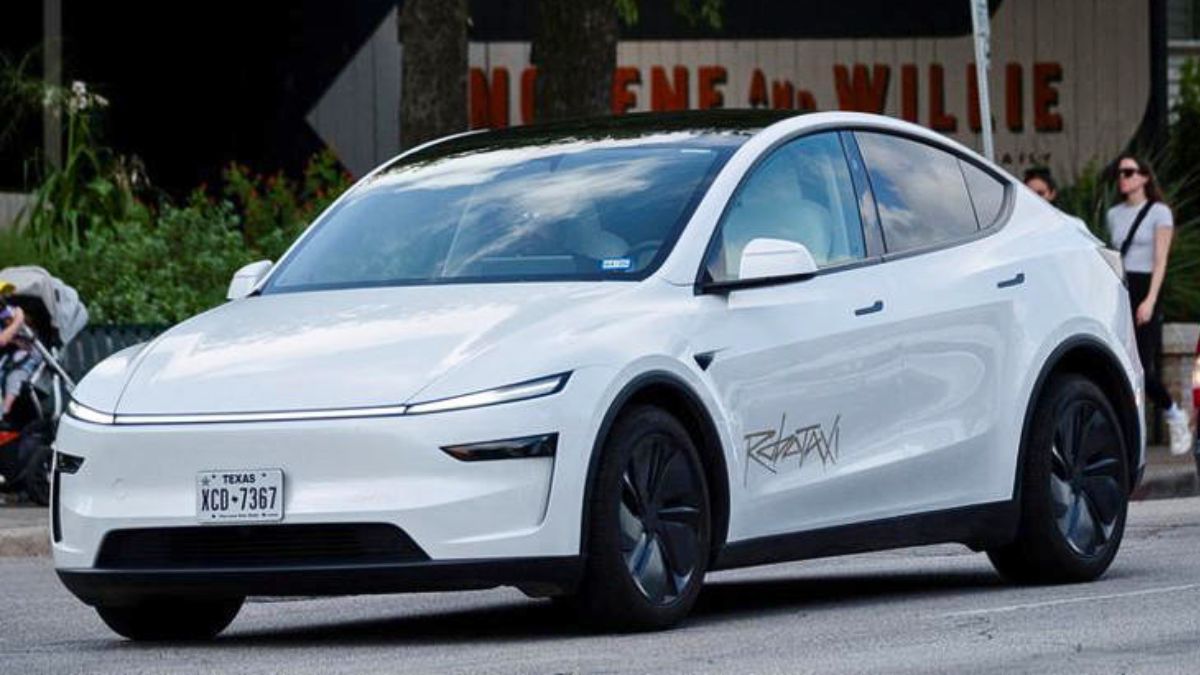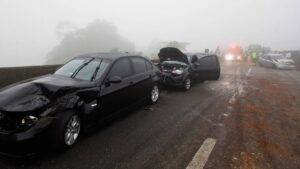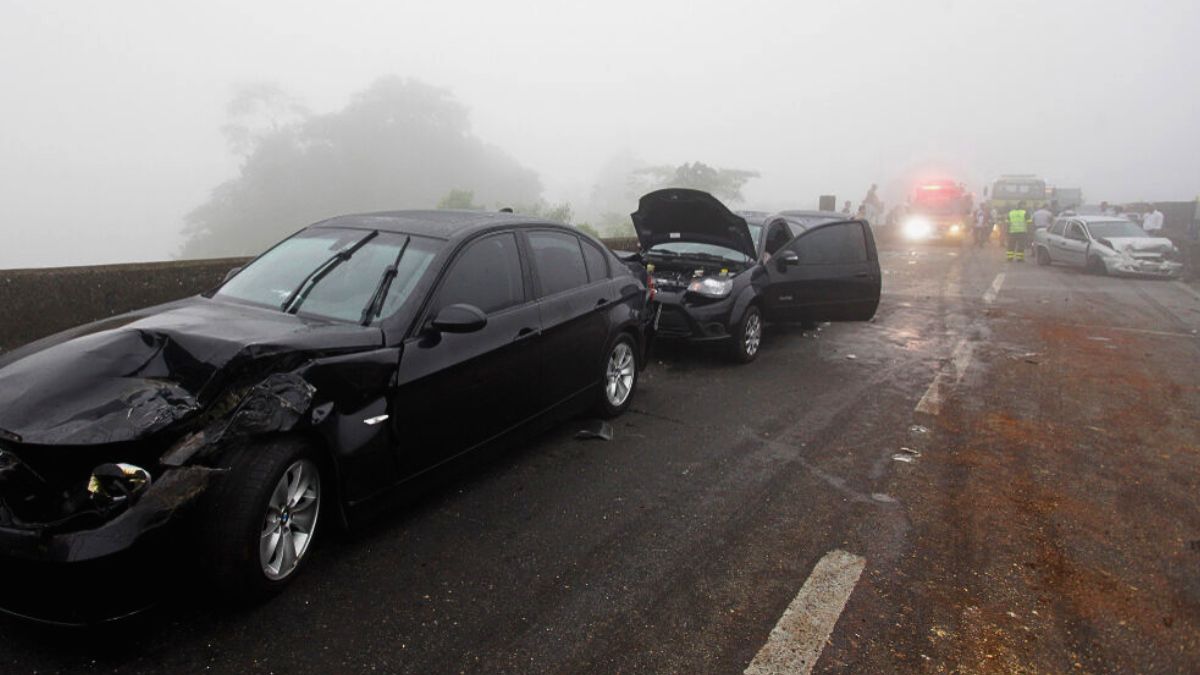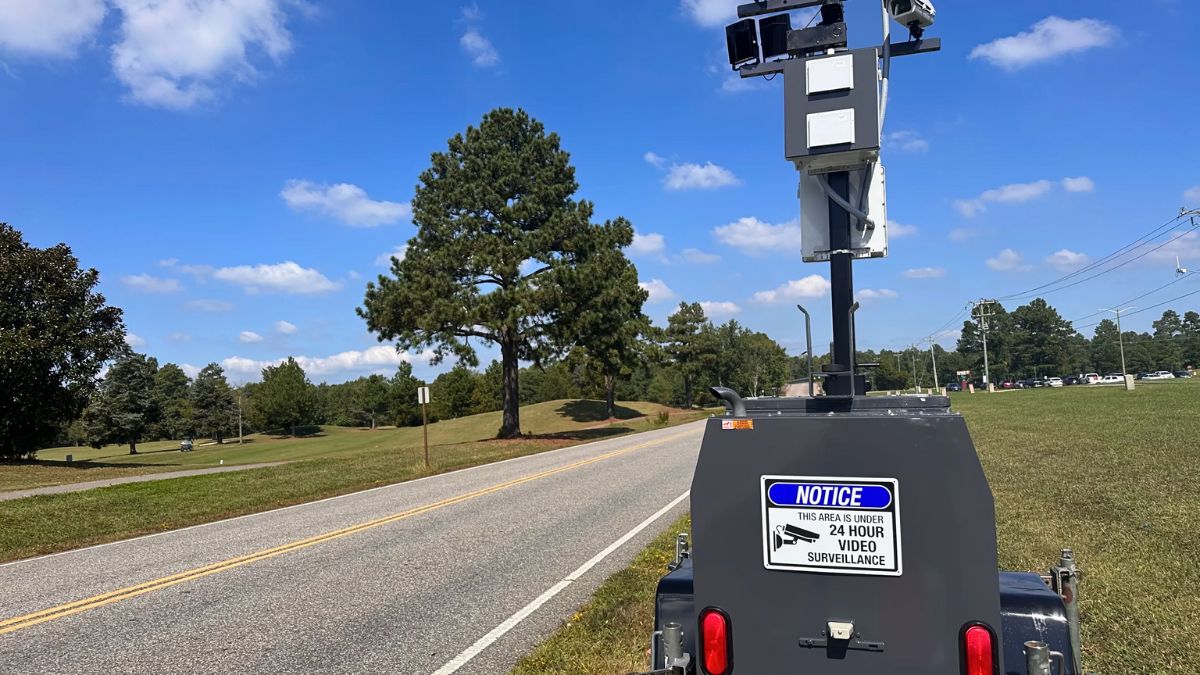Tesla is preparing for a few tough quarters as U.S. government support for electric vehicles faces major cuts, according to CEO Elon Musk. On the company’s latest earnings call, Musk warned that Tesla may struggle financially in the near term but remains confident that a wave of revenue from self-driving software and services will arrive by the end of next year.
Shares of Tesla fell nearly 5% after the company reported disappointing earnings, including its worst sales drop in over a decade. Revenue slipped to $22.5 billion in the April to June quarter, down from $25.5 billion a year earlier. While profits missed Wall Street expectations, the company’s car-making profit margin was higher than many had feared, partly thanks to lower production costs per vehicle.
Tesla’s focus is shifting toward autonomous driving, not just for personal vehicles but also for robotaxis, which it hopes to begin producing in 2026. A trial of this autonomous ride-hailing service has already launched in Austin, Texas.
Tax Credit Cuts
Much of the financial turbulence comes from recent policy changes. The U.S. government is ending the $7,500 tax credit for new EV purchases and a $4,000 credit for used EVs by September 30. These incentives have helped fuel Tesla’s sales growth in recent years. Their removal could slow down demand just as competition ramps up, especially from lower-cost EV makers in China.
Musk acknowledged that the loss of credits could make Q4 2024 and Q1 2025 difficult. However, he emphasized that once Tesla’s autonomous features are scaled, particularly in the second half of next year, the company’s financial outlook will dramatically improve.
Struggles with Sales and Production
Tesla is also dealing with a 13.5% drop in global deliveries for Q2, despite refreshing its best-selling Model Y SUV. A new, more affordable EV is in the works—a simplified version of the Model Y—but its rollout is slower than expected. While initial production began in late June, Tesla did not share specifics on pricing or delivery volume.
Chief Financial Officer Vaibhav Taneja noted that production for the new car would ramp up in the next quarter, though slower than previously anticipated. Analysts believe a budget-friendly model could be a turning point for Tesla if marketed correctly without undermining the appeal of its more expensive models.
Margin Pressure
Tesla’s automotive gross margin, excluding regulatory credits, was 14.96%, slightly above market forecasts. However, revenue from selling regulatory credits to other automakers plunged 51%, dragging down overall profitability. These credits have historically been a significant source of income for Tesla, as other manufacturers use them to comply with emissions regulations.
Musk’s Political Spotlight
Some investor anxiety stems from Musk’s political activities, including the launch of a new political party and public disputes with former President Donald Trump. While Musk has pledged to scale back his government involvement to focus on Tesla, concerns remain about whether he can stay fully committed to the company’s demanding roadmap.
Recent high-profile executive departures have added to the unease. One key exit includes a long-time Musk ally who managed sales and manufacturing in North America and Europe.
Robotaxi Future
Despite short-term obstacles, Musk believes Tesla’s long-term future lies in autonomy. He said the robotaxi service, using Tesla’s upcoming Cybercab model, could roll out to about half the U.S. population by the end of 2025. Regulatory approval for this technology is being pursued in California, Nevada, Arizona, Florida, and other states.
Tesla is also close to securing clearance for its supervised Full Self-Driving (FSD) system in the Netherlands, a step that could open doors for international expansion of its autonomous software.
Tesla Financial Highlights – Q2 2024
| Metric | Q2 2024 Result | Change vs. Q2 2023 |
|---|---|---|
| Revenue | $22.5 billion | Down 12% |
| Adjusted Profit per Share | $0.40 | Below Wall Street target |
| Global Vehicle Deliveries | Down 13.5% | Worst decline in decade |
| Regulatory Credit Sales | Down 51% | Major income drop |
| Automotive Gross Margin | 14.96% | Above estimates |
While Tesla is navigating turbulent times, its future may hinge less on cars and more on services powered by artificial intelligence. If the company can successfully scale its self-driving tech and keep innovation moving on more affordable models, the rough quarters ahead could turn into smoother roads soon enough.
FAQs
Why did Tesla’s stock drop?
Weaker earnings and EV tax credit cuts hurt investor confidence.
What is Tesla’s next affordable EV?
It’s a lower-cost version of the Model Y, now in early production.
When will Tesla launch robotaxis?
Mass production is expected in 2026, with trials underway.
How did Tesla’s revenue perform in Q2?
It fell 12% to $22.5 billion, missing analyst expectations.
Is Tesla still investing in autonomy?
Yes, it sees autonomy as key to future growth and profit.

















